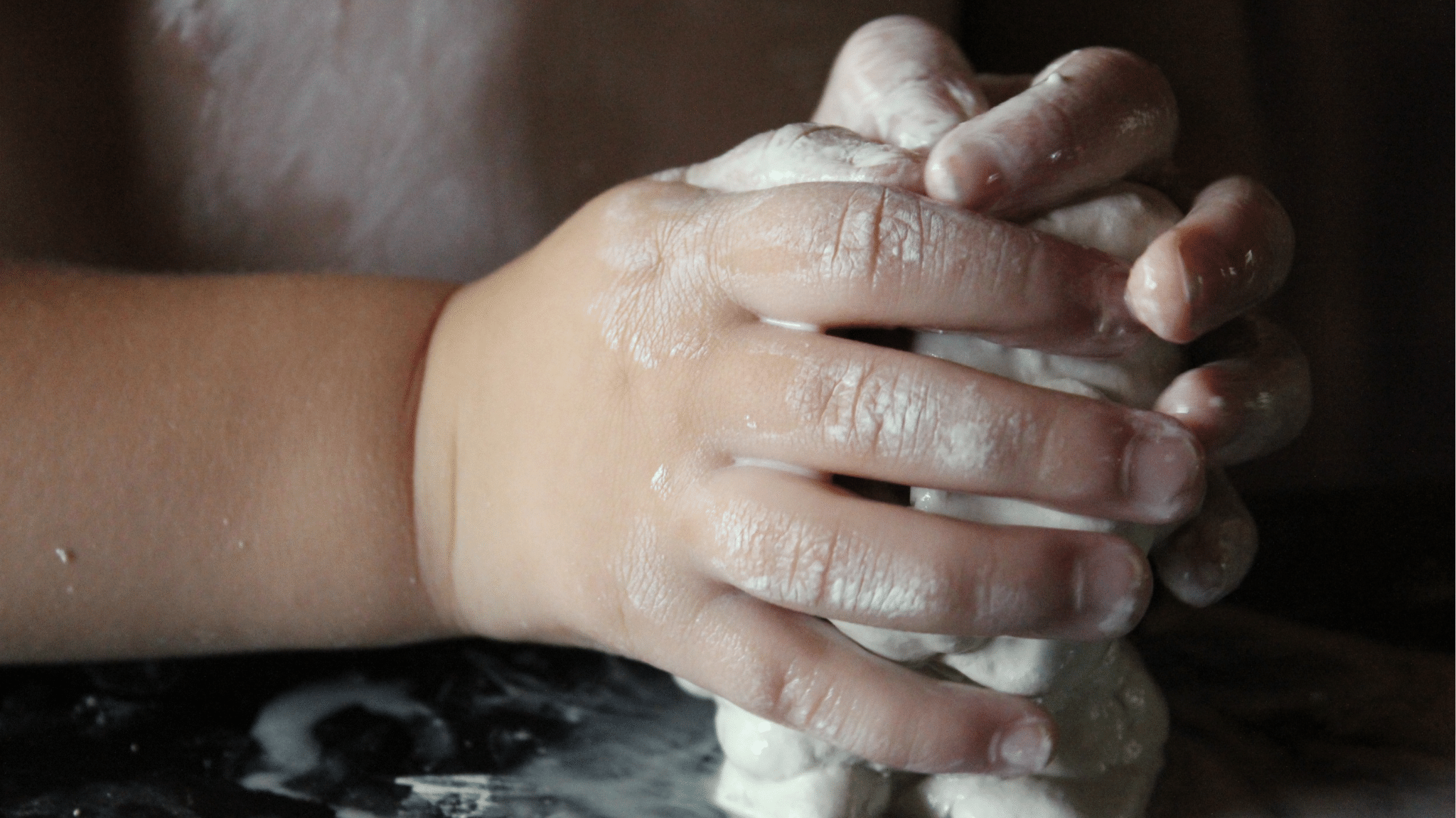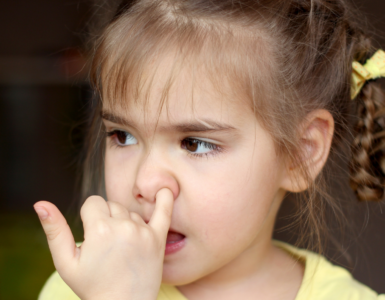Do you have a child that bounces off the walls or plays with a toy for a few seconds and then throws it across the room?
Fear not!
If your little one gets bored or anxious easily, there are things you can do to improve their focus and build concentration without raising stress and anxiety levels. Even if your child is as chill as a Zen monk, they can still benefit from these fun, mindfulness activities.
Count Your Breath
Encourage your child to sit crossed-legged on the floor with you. Find somewhere quiet and comfortable indoors or nice and peaceful outdoors. Have them close their eyes and ask them what they hear and feel.
After they feel settled into their seated position, ask your child to focus on their breath and to begin breathing in and out slowly and deeply while focusing on their breath and how their body moves with their breath. Count every exhale with them until you get to 20 or longer if your child wants to show off how long they can sit.
This breath-counting exercise is not only calming, but it’s also a great way to teach your child beginning meditation skills and will help them learn how to be mindful and present.
Imagination Games
Kids are naturally very imaginative because they’re still open to new possibilities and not constrained by society the way adults are. Because of technology and the rigidness of traditional schools, kids, unfortunately, do not get to use their imagination as much as they should.
You can play various imagination games with your child by having them act out different scenarios with you. You can both pretend to be a seed by becoming a ball on the floor, then slowly turning into a sprout, plant, flower, tree, and huge mountain while making your bodies bigger and bigger.
Another fun imaginative game is to pretend to make a pizza by mixing the pizza dough ingredients in a bowl, rolling your dough with your hands, and tossing it in the air. Once the dough is rolled out in front of you, you can add all the silly toppings you want like chocolate chips, flowers, fairy dust, and monsters.
Encourage your child to think of their own scenarios for you to act out together, be as silly as you can! These imaginative games are great for helping a child learn mindfulness because it teaches them how to be aware of their thoughts, and feelings, and helps them learn how to express themselves. It also improves their attention, awareness, and focus.
Mindfulness Walks
Mindfulness walks help kids learn to be present and aware of themselves and their surroundings. Take your child on a mindfulness walk in a peaceful area such as a park, quiet neighborhood, beach, or forest.
Before you begin your walk, ask your child to set an intention. Do they want to observe their surroundings, be aware of their thoughts and feelings, or focus on their breath?
Once your child has set their intention, slowly walk with them and ask them questions about what they observe, either inward or outward. Encourage your child to be as descriptive as possible about what they notice.
ALSO: Does Self-Directed Learning Breed Success?
After the walk, ask your child to reflect on the walk and how they felt about it. This exercise encourages children to explore their environment while being curious and open to what’s around them.
Sensory Games
Sensory games are a great way to focus on the present moment and to pay attention to sights, sounds, smells, tastes, and feelings.
You can do different sensory games to encourage your child to focus on each of their senses. You can have them explore different food while blindfolded while they touch, smell, and taste the food.

Kids can also touch different sensory bins or boxes and try to guess what they’re feeling. To explore their hearing, you can play different instruments or animal sounds to have them guess what it is, or even tap or shake different toys by their ear while they close their eyes and try to figure out what it is.
These types of games will teach kids to use all of their senses to interact with their surroundings and will help them view common items in a different way.
Moments of Gratitude
It’s important for kids to learn gratitude because it helps them appreciate what they have instead of what they lack. It will also increase their happiness and teach them how to express themselves so that they can cultivate positive relationships with others.
Incorporate moments of gratitude during your child’s daily routine. As they’re walking to school or about to go to bed, talk to them about what you’re grateful for and ask them to do the same.
ALSO: My Child Hates School, What Can I Do?
Nothing is too silly or too small to be grateful for. Encourage kids to talk about non-material things, too, like actions, feelings, and special moments.
To make this activity more fun and artistic, you can have kids draw, make a collage, or write a poem about what they feel grateful for.
Practicing mindfulness is a lifetime journey that changes and grows as we get older. If your child learns how to be mindful when they’re still little, it will become a part of their personality and mindset by the time they become adults. It will make them happier and calmer, as well as great family members, friends, partners, colleagues, and humans!










Add comment